Deputy Prime Minister Le Thanh Long signed Decision No. 247/QD-TTg dated February 6, 2025 promulgating the Plan to implement Directive No. 21-CT/TW dated May 4, 2023 of the Central Party Secretariat on innovation, development and improvement of the quality of vocational education by 2030, with a vision to 2045.
The plan sets out 11 key tasks and solutions to innovate, develop and improve the quality of vocational education by 2030, with a vision to 2045. Specifically:
1- Strengthen propaganda and education, create profound changes in awareness about the role, position and importance of vocational education until 2030, with a vision to 2045:
Ministries, branches, localities, and vocational training institutions closely coordinate with party organizations and party committees at the same level to organize research, disseminate and implement Directive 21-CT/TW; promote propaganda, education, and dissemination of laws on vocational education; innovate methods and forms, and improve the effectiveness of propaganda activities. Raising awareness and responsibility of cadres and party members, especially leaders and managers, heads of agencies, organizations, and employers on innovation, development, and improvement of the quality of vocational education is a major and consistent policy of the Party and the State; building, forming, and developing a media ecosystem on vocational education; innovating and diversifying communication activities; building specialized pages, columns, channels, radio and television waves on vocational education; building a national communication program to share examples and models of innovation, creativity, and successful startups in vocational education...
2- Perfecting the legal system, mechanisms and policies for innovation and development of vocational education:
- Supplement and improve mechanisms and policies on recruitment, employment, treatment and honor for teachers, artisans, experts and vocational trainers; attract and recruit state management staff on vocational education and managers of vocational education institutions, focus on developing the team of teachers and managers on vocational education in particularly difficult areas, ethnic minority areas, border areas and islands while ensuring gender equality; have incentive policies and open and flexible mechanisms to attract, train and foster scientists , technical staff, artisans, people with high vocational skills and practical professional experience to participate in vocational training.
Continue to review and improve mechanisms and policies to promote career guidance in high schools; stream post-secondary students into vocational education; implement both vocational and cultural training at vocational education institutions; have policies to encourage good and excellent students to enter the vocational education system; implement vocational universalization for youth; build mechanisms and policies to attract learners in key fields, industries, occupations, heavy and hazardous industries and occupations, culture and arts, physical education and sports , health...
3- Improve the effectiveness and efficiency of state management; evaluate and inspect the quality of vocational education:
Strengthen inspection and examination work, promptly detect and strictly handle organizations and individuals violating the law on vocational education; enhance the autonomy of vocational education institutions, strengthen inspection and supervision work, build a self-inspection and supervision mechanism of vocational education institutions; develop a system for assessing and assessing the quality of vocational education.
4- Review, arrange and reorganize the vocational education system:
Arrange and reorganize the public vocational education system to ensure streamlining and efficiency, ensuring scale, structure and rationality in terms of industries, occupations, training levels, standardization, modernization, quality stratification, meeting the human resource needs of the labor market, in accordance with the planning of the vocational education network.
The Ministry of Labor, War Invalids and Social Affairs coordinates with the Ministry of Home Affairs and relevant ministries and branches to perfect the state management apparatus in a streamlined, effective and efficient manner; arrange and reorganize vocational training institutions of ministries and branches to ensure efficiency and improve education quality; select key industries and occupations and schools are allowed to select key occupations suitable for each period.
Forming a system of high-quality vocational education institutions including high-quality schools, schools performing the functions of regional centers, national centers for high-quality vocational training and practice, suitable for each period, acting as the core, leading, spreading and implementing regional linkages and organizing training of high-quality human resources, new professions, new skills, future skills, organizing training and replicating training programs transferred from developed countries.
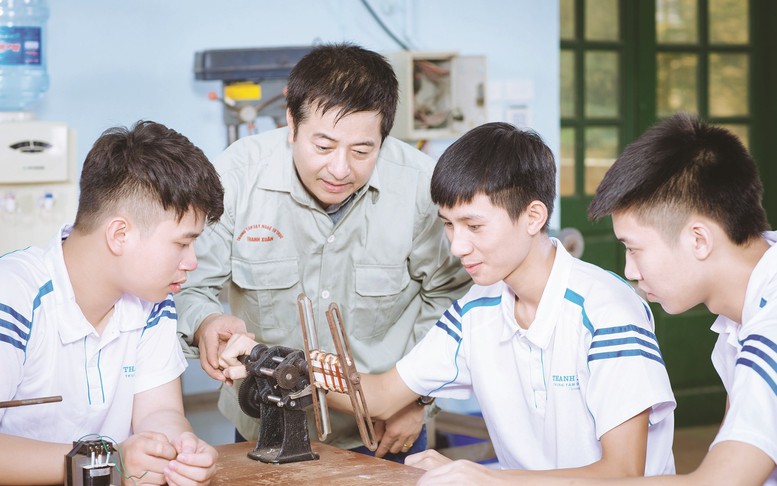
Illustration photo
5- Accelerate the roadmap for vocational training for youth, workers, farmers and laborers:
Research, propose to issue and amend policies on vocational training support for subjects; have policies to support vocational training through vocational training cards for workers; regulate professional standards and conditions to ensure effective implementation of vocational training activities at enterprises; diversify training types, focus on retraining and regular training for the workforce, especially for new occupations and new skills to create changes in building a learning society; encourage and provide incentives to develop private vocational training facilities with foreign investment...
6- Innovation in training content, programs, methods and training management organization:
Develop, standardize and promptly update sets of standards in vocational education to approach the standards of developed countries in the ASEAN region and the world; modernize facilities and training equipment of vocational education institutions, in line with the production technology of enterprises, orienting the quality stratification and characteristics of training industries and occupations; strengthen links with enterprises to exploit and use training equipment at enterprises to ensure "learning goes hand in hand with practice"; develop the model of "smart, modern school", "green school"; invest in upgrading laboratories, virtual practice workshops, virtual equipment, and enhancement equipment in suitable industries and occupations; innovate training content and programs in an open, flexible, and interconnected direction based on modules and credits, meeting output standards...
7- Developing a team of teachers, experts, vocational trainers and managers in vocational education:
Organize and arrange the system of training and fostering facilities for teachers in a reasonable distribution by region, meeting the needs of developing the teaching staff; innovate, improve the quality, diversify training and fostering programs and methods; train and foster teachers to teach key occupations and professions at ASEAN and international levels abroad. Implement recognition of skills and qualifications for people with expertise and profession in other occupations to switch to become teachers and lecturers; strongly develop a team of artisans, experts, and vocational teachers with enough capacity to participate in training at all levels of vocational education; effectively deploy communities and networks connecting teachers, artisans, experts, and vocational teachers in vocational education; improve foreign language skills, technology application skills, innovation skills, creating superior qualities and capacities for teachers, managers at all levels, and students in high-quality training programs...
8- Improve the effectiveness of linkage and cooperation in vocational education between the State - Schools - Enterprises:
Build models linking vocational education with enterprises, cooperatives, production and business establishments and the labor market in each region and locality, suitable for each target group, focusing on specific targets, workers from the informal sector, unemployed workers or workers at risk of unemployment.
Strengthening the connection between vocational training institutions and employment service centers, job exchanges, job fairs, and innovation and startup centers; supporting learners in finding jobs after graduation; linking training with sending workers to work abroad under contracts. Focusing on removing difficulties and obstacles in connecting vocational education with businesses; piloting training models at businesses and in industrial parks to ensure suitability for the characteristics, nature and production and business conditions of businesses, especially FDI enterprises and vocational skills council models at all levels...
9- Strengthening resources and improving investment efficiency for vocational education:
Prioritize the allocation of state budget expenditure for vocational education in the total state budget expenditure for education - training and vocational training commensurate with the position and role of vocational education, especially for training high-quality human resources, key and spearhead industries and occupations; promote socialization and public-private cooperation to mobilize and effectively use many resources for vocational education development, especially for industries, fields and localities where the non-public sector can participate. Diversify investment resources for vocational education, encourage the private sector to participate in vocational education; ensure equal policies for public and non-public vocational education institutions; prioritize synchronous investment in high-quality vocational education institutions, especially those performing regional and national training and practice functions; specialized vocational education institutions; vocational education institutions in particularly difficult areas, ethnic minority areas, border areas and islands; key, high-tech industries and occupations; "green" occupations; new training industries and occupations, future skills; special training industries and occupations...
10- Proactively and positively improve the effectiveness of international integration in vocational education:
Expand and enhance the effectiveness of comprehensive cooperation between Vietnam and other countries and international organizations in the field of vocational education; promote negotiations, signing and implementation of agreements and cooperation programs with international partners and foreign-invested enterprises operating in Vietnam to support vocational education institutions and students to improve their vocational skills.
Forming a network of international experts in the field of vocational education; enhancing cooperation between Vietnamese vocational education institutions and foreign vocational education institutions, especially in receiving and transferring programs, textbooks, learning materials, teaching and learning methods; exchanging teachers, lecturers, students, international experts, etc.
11- Scientific research, technology application and innovation; career guidance, innovative startups:
Improve the capacity of management staff and teachers in scientific research, career counseling, and entrepreneurship; form innovative entrepreneurship centers at high-quality vocational education institutions.
Strengthen scientific research, update and apply new technologies in vocational education in the direction of technology application and transfer with the participation of learners, teachers, experts, artisans and employers; link training activities with technology transfer, commercialize scientific research results and technology transfer; promote the implementation of scientific research according to the ordering mechanism; connect scientific research organizations with schools and businesses.
Promote the spirit of entrepreneurship and innovation for learners and activities to support learners in starting businesses and creating jobs; build a space for entrepreneurship and innovation in vocational education institutions and a vocational education entrepreneurship ecosystem in regions...
Source: https://phunuvietnam.vn/11-nhiem-vu-giai-phap-trong-tam-de-doi-moi-phat-trien-va-nang-cao-chat-luong-giao-duc-nghe-nghiep-20250207210040648.htm




![[Photo] Parade to celebrate the 50th anniversary of Laos' National Day](/_next/image?url=https%3A%2F%2Fvphoto.vietnam.vn%2Fthumb%2F1200x675%2Fvietnam%2Fresource%2FIMAGE%2F2025%2F12%2F02%2F1764691918289_ndo_br_0-jpg.webp&w=3840&q=75)


![[Photo] Worshiping the Tuyet Son statue - a nearly 400-year-old treasure at Keo Pagoda](/_next/image?url=https%3A%2F%2Fvphoto.vietnam.vn%2Fthumb%2F1200x675%2Fvietnam%2Fresource%2FIMAGE%2F2025%2F12%2F02%2F1764679323086_ndo_br_tempimageomw0hi-4884-jpg.webp&w=3840&q=75)
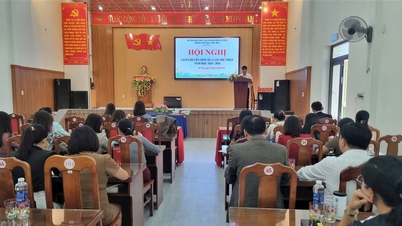

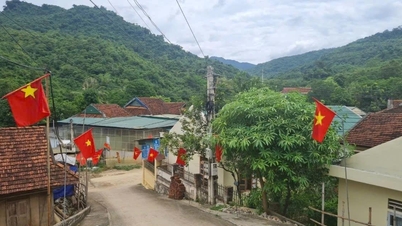



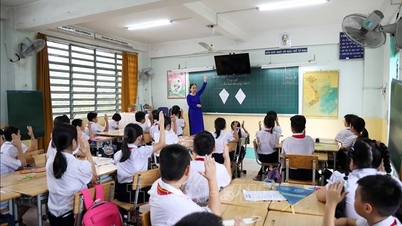

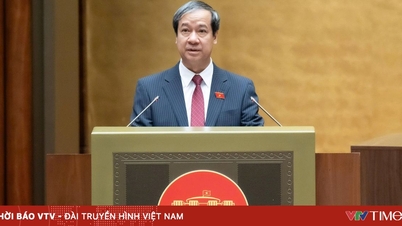

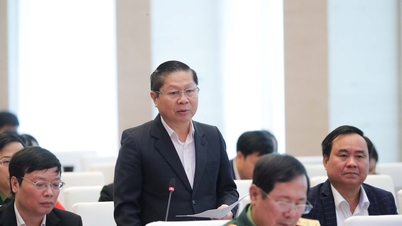
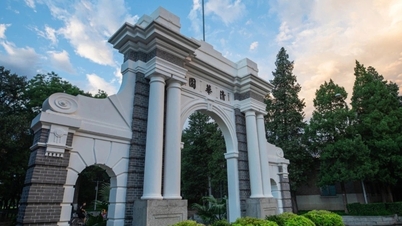













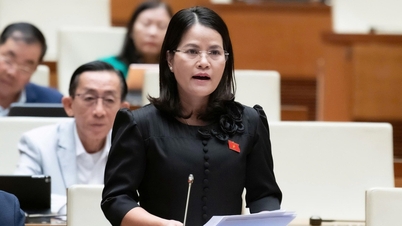

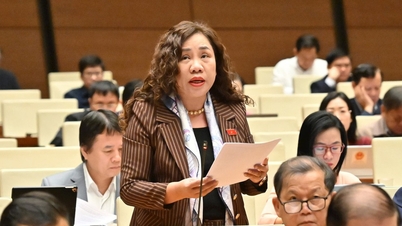
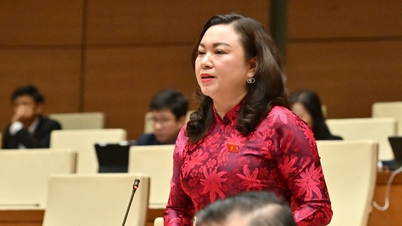
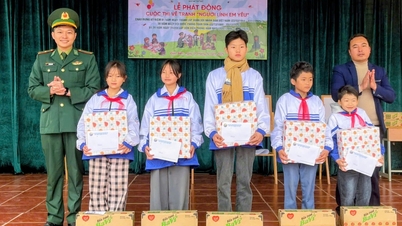
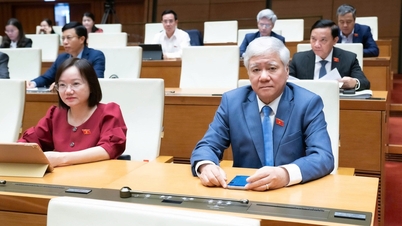
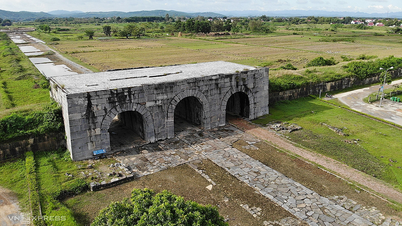











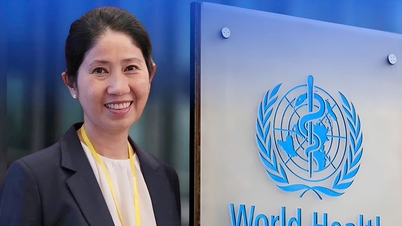


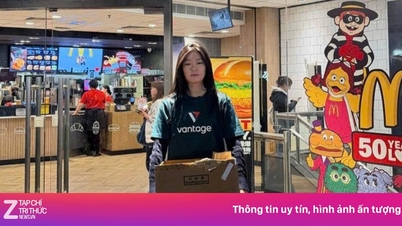

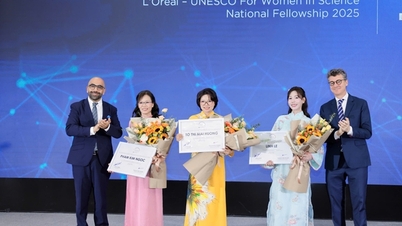



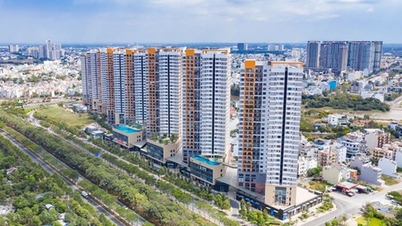



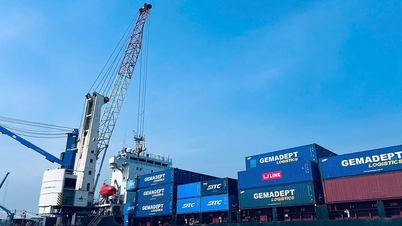







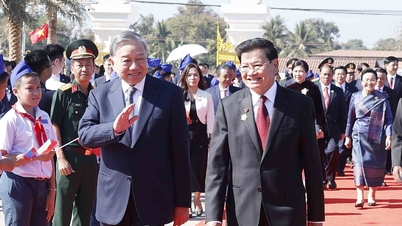
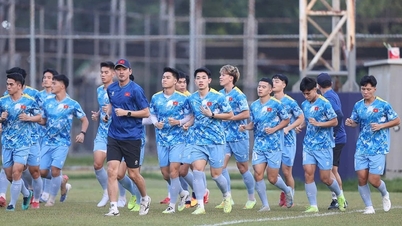




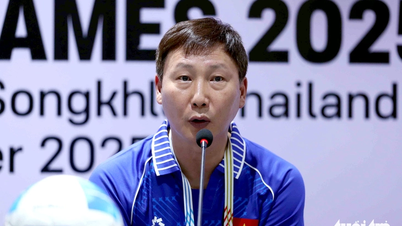

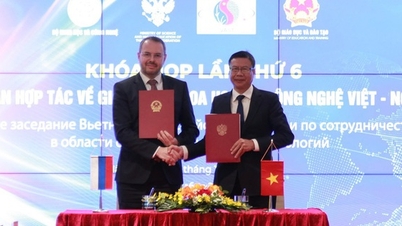
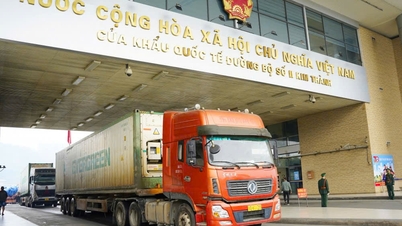

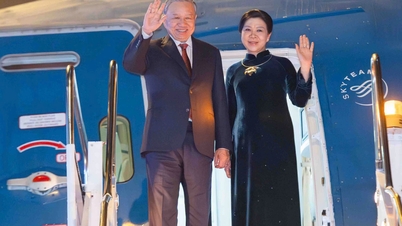

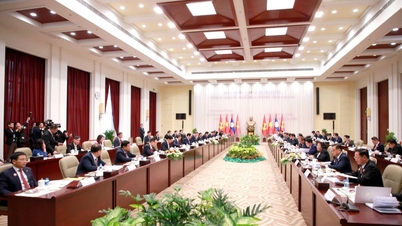

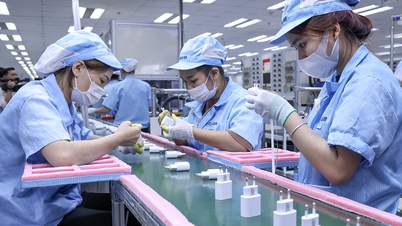
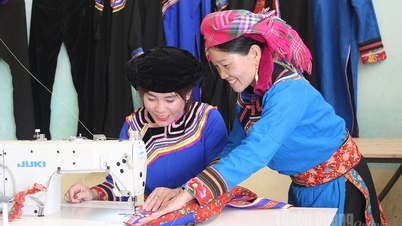


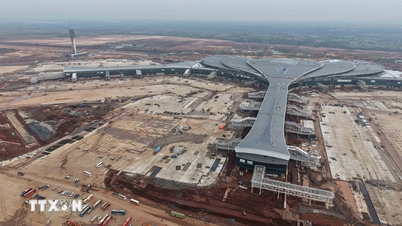

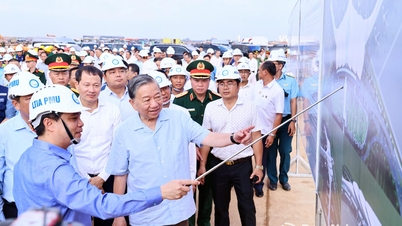


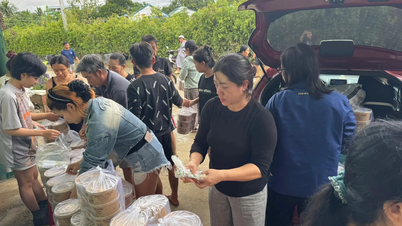






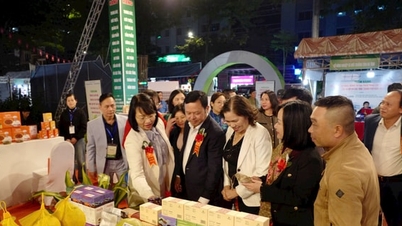






Comment (0)